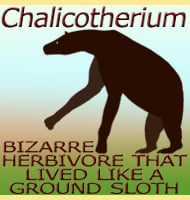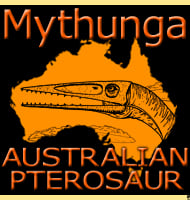In Depth
Exaeretodon seems to have been more herbivorous given that the teeth and jaw structure of Exaeretodon seem to be more suited to grinding. One interesting point of note however is that very young juveniles had no teeth. This suggests that young Exaeretodon had to stay with the mother for an extended period of time before their adult teeth came in and they were able to process their own food.
At just under two meters long Exaeretodon was certainly one of the larger cynodonts, though genera such as Diademodon were slightly larger.
Further Reading
- A new cynodont reptile from the Triassic of India. - Journal of Paleontology 56:203-214. - S. Chatterjee - 1982. - The taxonomy of the traversodontid cynodonts Exaeretodon and Ischignathus. - Revista Brasileira de Paleontologia 10 (2): 133–136. - J. Liu - 2007.









